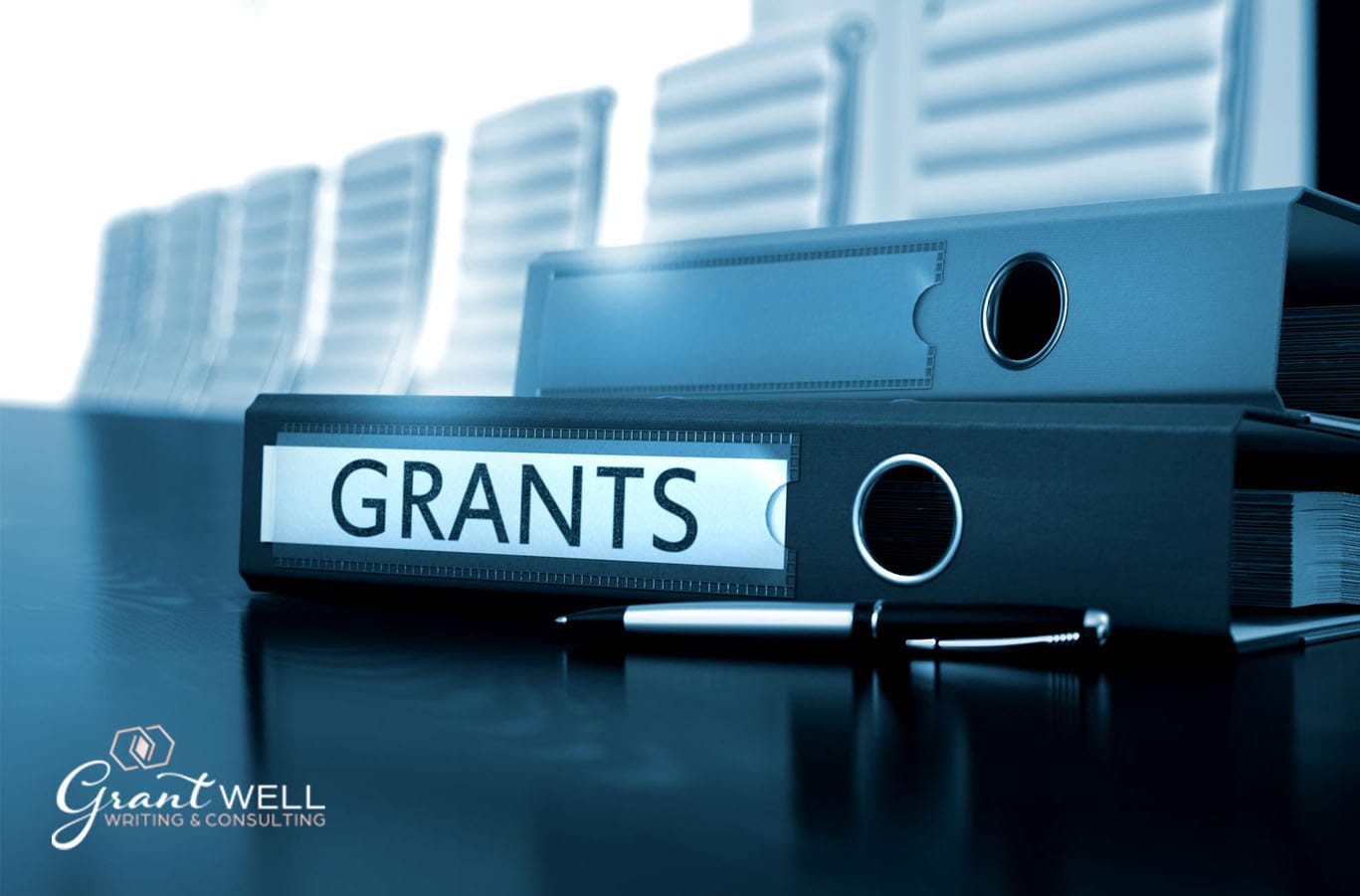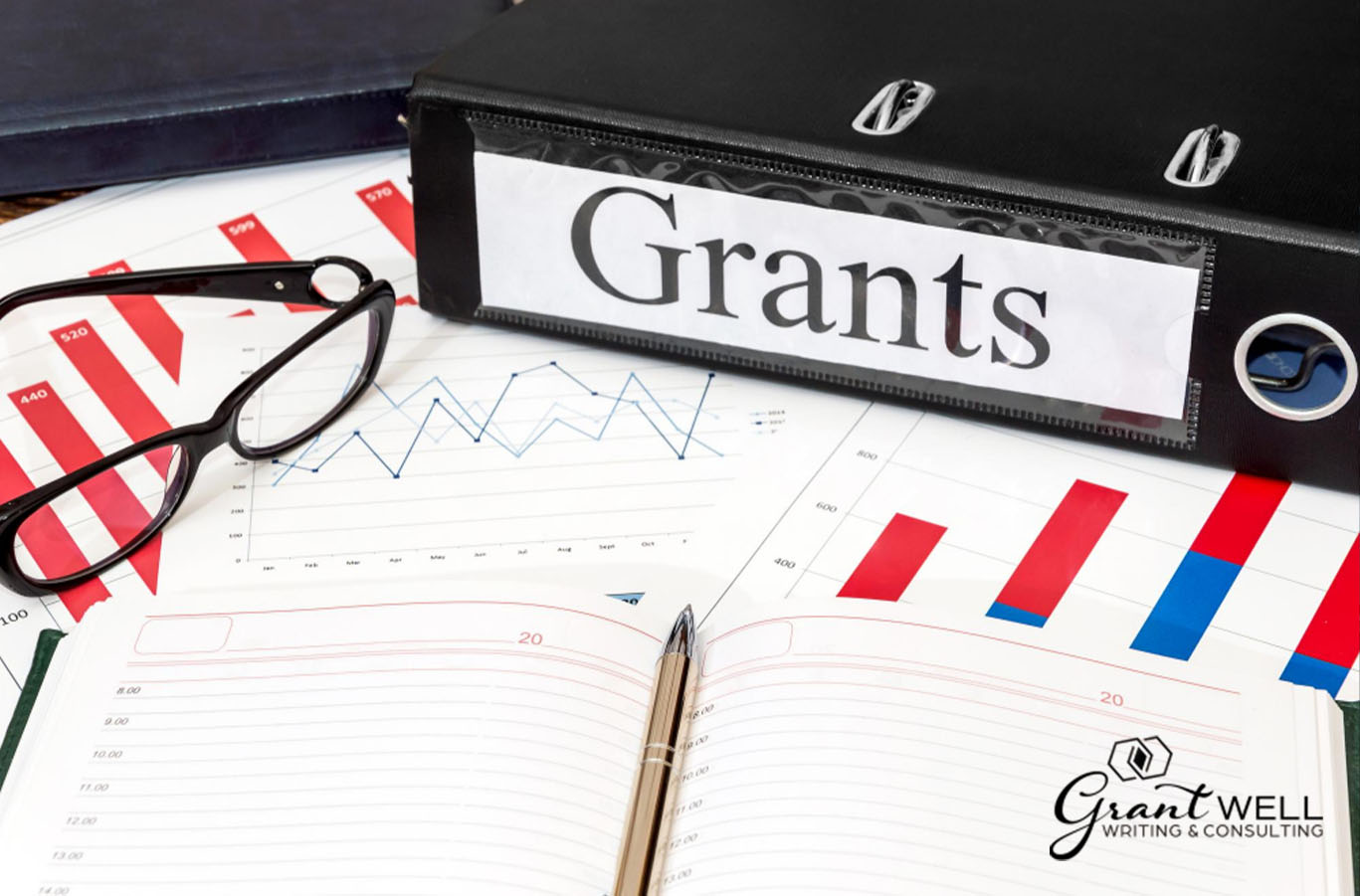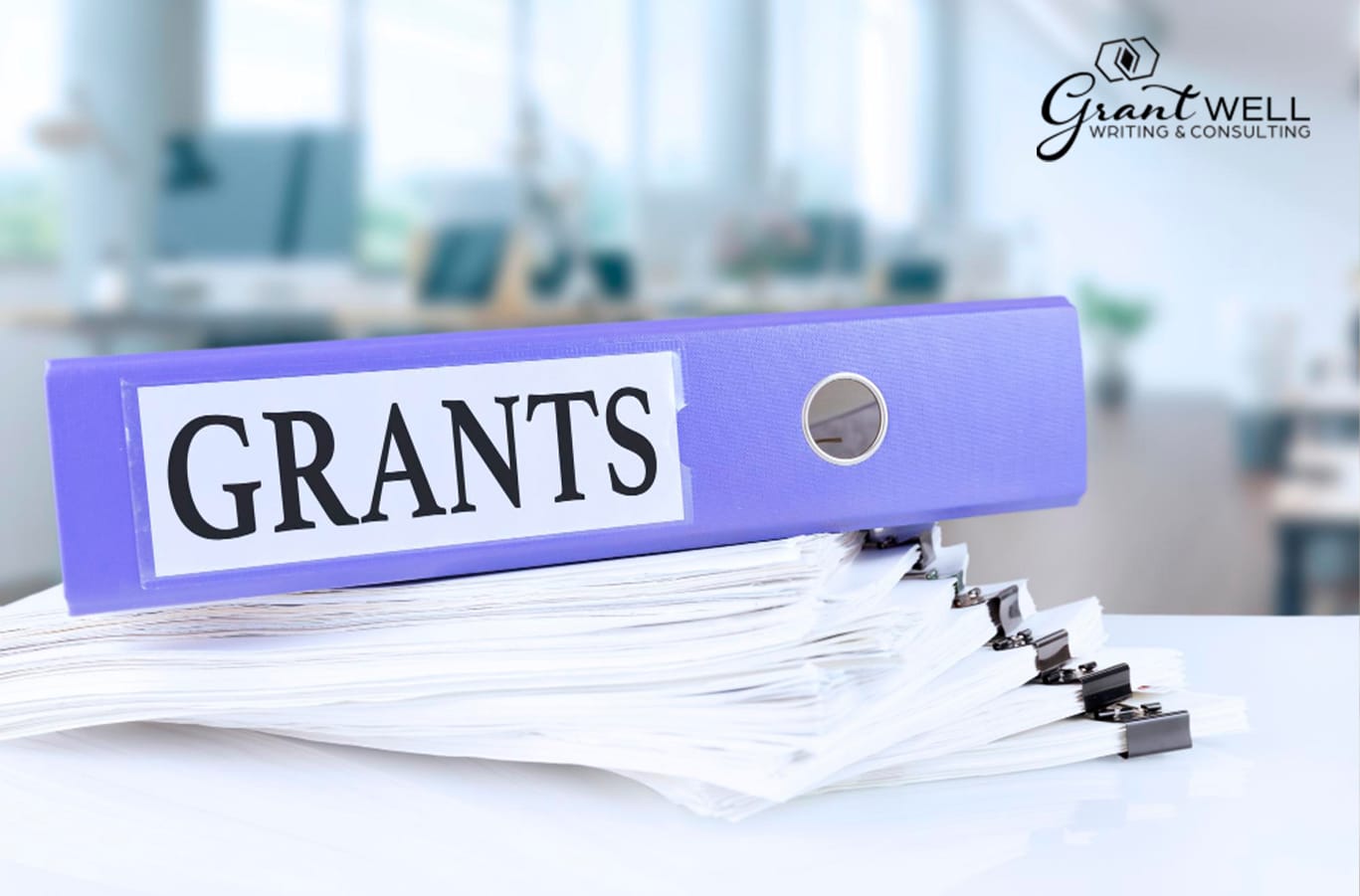1. Make a research plan for your grant
Finding financing opportunities can be a time-consuming process, but there are financial databases available to suit any budget. Look through grant funder databases to see what they have to offer. Keep in mind that most of these databases are geared toward family or business foundations and rarely include government or corporate possibilities.
Keep track of funding deadlines on a calendar, keeping in mind that the greater the grant, the lengthier the review process. Set goals as well, such as how much of the total money requested in your grant proposal you expect to be granted.
2. Determine if the criteria are appropriate
Grantors construct particular criteria to help them make decisions, and this is a great opportunity to see if your nonprofit organization is a good fit. To analyze an organizational match, make a spreadsheet with every detail of the funder’s requirements in one column and the nonprofit’s match in another.
3. Make contact with the funder
If you’re not sure if your nonprofit’s program is a good fit for the funding, call the funder. Tell them you’re interested in participating in the awarding cycle and inquire if your program would be a good fit. Use their phone number if they make it public. This isn’t an intrusive gesture from a nonprofit to a grantor; rather, it’s about creating a connection!
4. Plan out your program’s strategy.
Then, you’ve determined that your program is a good fit, so what’s next? Organize a strategy session with your internal team to properly explain your program and your request. Consider the following questions as a group during your grant strategy session:
- In terms of experience and skill, what does your nonprofit organization have to offer?
- How will your non-profit approach the problem?
- Who will be on the delivery team for the program?
- What strategies will you use to incorporate diversity, equity, and inclusion into your initiatives?
- What will it cost, and, more importantly, how will it affect people’s lives?
5. Gather the Information You’ll Need Ahead of time
Grant writing is similar to putting together a puzzle. Even before you start looking for grants, your organization should have the majority of the necessary components on hand. Prepare to include information on your nonprofit’s history, mission, charitable number, budget, HR-specific information, and project-specific information, such as possible partnerships and project outcomes.
6. Develop a strategy for dealing with the consequences of your actions
How will your program impact communities and recipients, and how will you measure its success? The impact should be measured not only in terms of the number of individuals serviced but also in terms of measurable data on how much change your organization is bringing about.
In your grant submission, including information about your nonprofit’s impact measurement and risk management approach. Outline the potential roadblocks to your project and how you plan to overcome them. Discuss your project’s or program’s long-term viability and scalability.
7. Make sure your writing is clear, concise, and compelling.
Maintain a clear, concise, captivating, and easy-to-understand tone in your writing. Don’t give any room for misunderstanding. Funders make decisions based on the information you provide in your proposal. They will not call to ask questions if you do not make your project obvious.
Grant writing also gives you the chance to tell your organization’s distinctive story. Use this to your advantage and keep your proposal interesting. Your passion for change will shine through as you write, and it just could entice the funder to keep reading!
8. Examine the budget for your program
In your grant submission, include information about your budget. Your budget tells a story in numbers, and it must be consistent with the rest of your proposal’s content. Funders will not call you to ask questions if your proposal is unclear; instead, they will make decisions based on the facts they have. Your budget should be well-defined and simple to comprehend.
9. Make sure your grant proposal is error-free
It’s all too easy to make spelling mistakes, date mismatches, and overlook critical data elements when preparing a lengthy grant proposal. Regrettably, this may reduce your chances of winning the funding. As a result, double-check your grant submission for errors.
If you notice something in your proposal that isn’t quite right, contact your grant strategy team and have them make the appropriate changes. Your request must be clear, and your tale must be convincing. Don’t waste your time writing your proposal only to have it rejected due to typos and inaccuracies.
10. Make sure you have all of the necessary attachments.
Many funders provide a grant application checklist so that NGOs may make sure they have all of the relevant attachments and information in their proposal. Keep a watchful eye on this checklist! After you’ve gathered all of the necessary information, go over it at least once more. And then submit when you’re ready!




